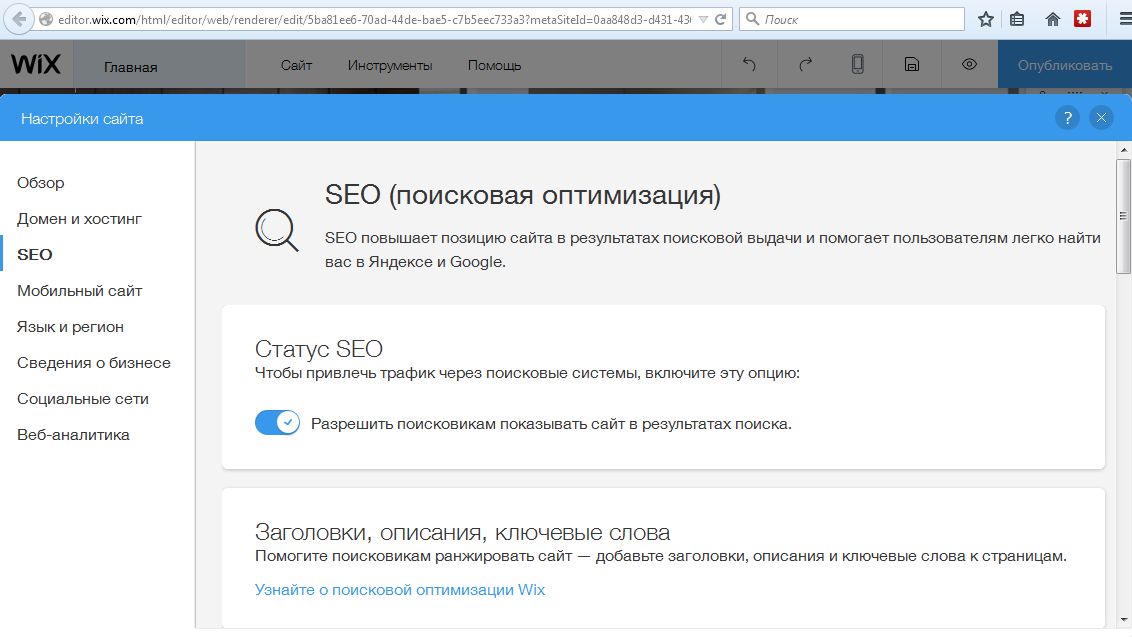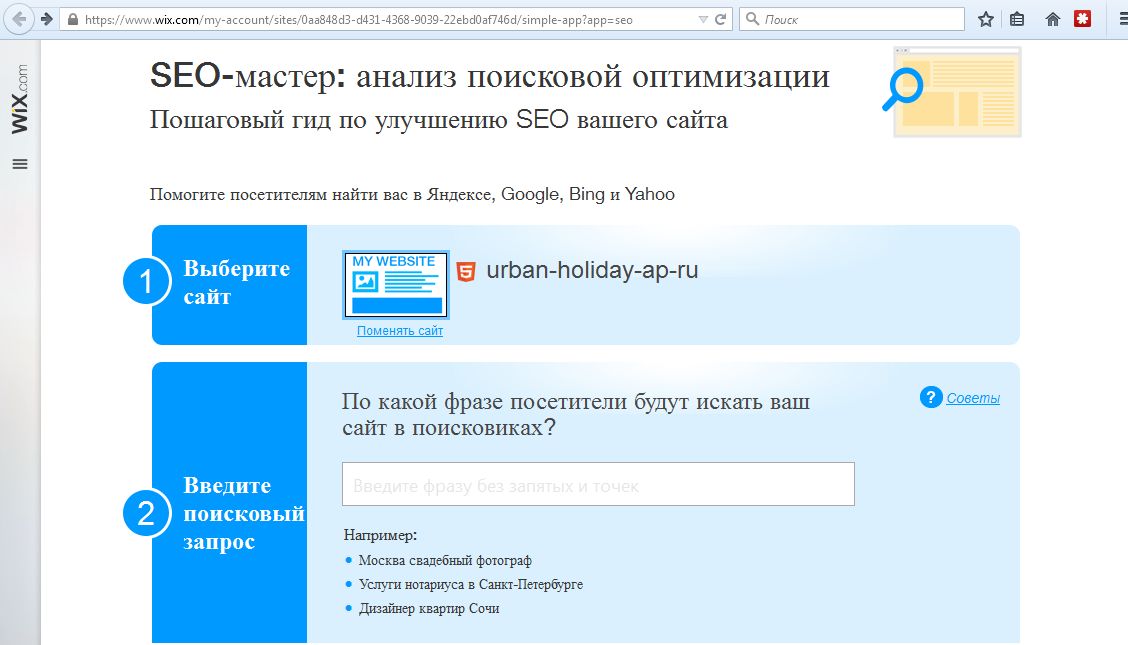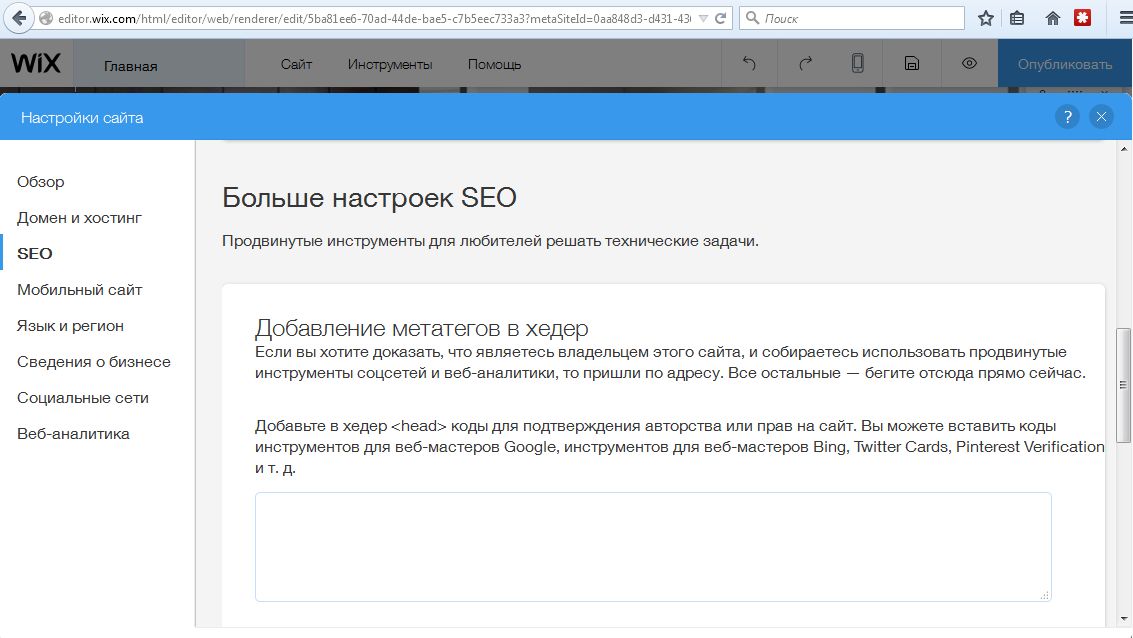How to Increase Website Traffic: SEO Basics and Do's and Don'ts
SEO is an abbreviation that stands for Search Engine Optimization, and translated from English means “optimization for search engines”, or “search engine optimization”. Search engines scan all online resources and sort (index) them according to certain laws.
Search Engine Optimization (SEO) is done to make your website “liked” by search engines. The high positions of the resource in the search results guarantee it a good attendance. Almost 100% of all users click on the top three links from the first page of the issue. Few make it to the end of the first page, and only the most persistent and meticulous go to the second and third.
Your first task after launching the site is to actively promote it so that it appears on the first page, or better, in the top 3 of search results. It is not so easy to do this. It will take a long and painstaking work, the result of which will depend not only on your efforts, but also on many other factors, such as competition in your field. We will talk about the basics of search engine promotion and indicate the methods of "black hat" SEO, for the use of which search engines can remove your site from search results.
SEO Basics
1. Be careful when choosing a domain name. A simple and harmonious site name is important not only for attracting visitors, but also for promotion in search engines. A great option when the domain name reflects the scope of the brand. For example, a pizzeria named "Mario" should include the word "pizza" in its domain: www.pizzamario.com.
2. Add meta tags for the site and for each of its pages - the title and description of the site. They are not visible to site visitors, but are important to search engine crawlers. Be sure to include keywords - this will help search engines quickly understand the subject of your site. By the way, the home page meta tags will be visible in the search results, so it would be nice to make them attractive. After all, it is according to this description that the user decides whether to go to your site or not.
3. Optimize the content of your resource:
- The amount of text on each page should not be too small, but not too large. The approximate figure is still debated. One thing is clear: no one will read a long boring text full of outdated facts. Therefore, post quality content and constantly update it. There is a simple rule: what visitors like is likely to be liked by search engines.
- Keywords. They are needed, they work, they help your site to quickly take the top positions in the search results. But mark yourself with a red marker: the keys must be inscribed organically! It's high time to say goodbye to dull, oversaturated SEO texts. Only interesting and useful content actively works for the benefit of your site.
- Linking. Be sure to include links to other pages on your site. Skillfully inscribed active links will lead your visitor from the landing page to the page where he will perform the action you need.
4. Use outgoing external links. Many are afraid to give links from their resource to third-party ones, they say, why would I take my traffic outside? In fact, external links to highly ranked resources with a good reputation work for you. Linking to information that is useful to the user that is not on your site adds value to your resource.
- Create groups in social networks and regularly fill them with news about new publications on your site with active links to them. In addition, post additional content in groups that (we'll talk about it again!) Will be attractive to visitors. This will ensure the growth of subscribers.
- Start a blog on a third-party resource. In it, you can make announcements of new texts and news from the site (naturally, with active links) or write articles of other content, organically supplementing them with links. Let's give an example: let's say your website is a bicycle and spare parts store. In a blog, you can write reviews of new products or articles about how to fix a bike yourself, giving links to parts sold on your site. And share links to blog articles on social networks: on your pages and in large communities with suitable topics.
6. Add Title and Alt attributes for all images. This is the name and description of the picture, which helps the search engine to see it, understand what is shown on it, and, therefore, correctly index it.
7. Confirm the rights to your site. Only after that you will get access to the information collected by the search robot when indexing your resource, and to statistical data about it. Do this for those search engines in which you expect users to look for you, for example, for Yandex and Google.
Black Hat SEO Techniques
Of course, as in any business, there are “black hat” techniques in SEO that work effectively, but only as long as you don’t get caught. If you catch you using illegal techniques, search engines can severely lower your ranking or even remove the resource from the search results. So it's better not to chase a quick result, risking your reputation.
Illegal search engine promotion techniques
The search engine perceives the text as hidden if:
- the font is illegible and small;
- text is hidden behind other elements, such as images;
- the text is in an area of the page that has been defined as invisible or hidden;
- the font color merges with the background, that is, almost the same.
2. Keyword Spamming
We mentioned this when we talked about the content of the site. Refrain from repeated meaningless use of keywords.
3. Buying PR Links
For a fee, another site hosts your links. This is done to increase your PageRank and is considered spam because search engines can determine that external links were not placed organically.
4. Using 100% Frame
100% Frame - a page completely covered by a frame and containing content that is completely different from the subject of the resource. It turns out that the search engine ranks your resource in accordance with your home page, and users see a different site.
5. Use of illegal redirects
Illegal redirects are used to increase the number of impressions of a site in search results - it is shown through various domains. It happens like this: when you go to a certain URL, you are automatically transferred to another site. The first link appears in the address bar for a second, and then is replaced by another one. Only the 301st redirect is recognized as legal.
How to promote your site if you do not understand anything in programming
Now everyone who is important to have a decent representation on the Internet creates their own website: photographers, musicians, business owners. And, of course, if your activity is in no way related to programming, you do not know, and are not required to know, all the intricacies of the internal stuffing of your resource. How do you optimize a site when you don’t really understand where to write meta tags, Alt and Title for pictures, and other mysterious things?
No doubt, if you have free money, you can outsource it and spend your energy and energy on other important things. But the budget of a start-up company or a specialist is far from always able to painlessly endure such very serious costs.
We recently wrote that, without programming and design skills, you can create your own website using the . Now another plus of this solution has been discovered: a resource designed in Wix is easy to optimize for search engines.
In edit mode, open "Site Settings" and follow the step-by-step instructions, which are additionally provided with many tips. The SEO Wizard tool will scan your site and tell you where and what you need to fill in so that the resource is well indexed.


Completed the basic SEO settings, but still feeling strong? You can go to the advanced level.

Search promotion usually seems to uninitiated people as a boring, difficult, incomprehensible task, and this is somewhat reminiscent of a quest: follow all the steps to make your site better.
Despite the fact that promoting a site on your own is still more difficult than entrusting it to specialists, there are also significant arguments “for”: you will know exactly what is happening with your resource, what keywords you use, where external links are located and what they are lead resources. You will be sure that illegal techniques were not used, and you will not need to constantly study the reports of SEO specialists to understand what work your money was spent on.
We wish you to quickly soar to the top of the search. May SEO success be with you!




